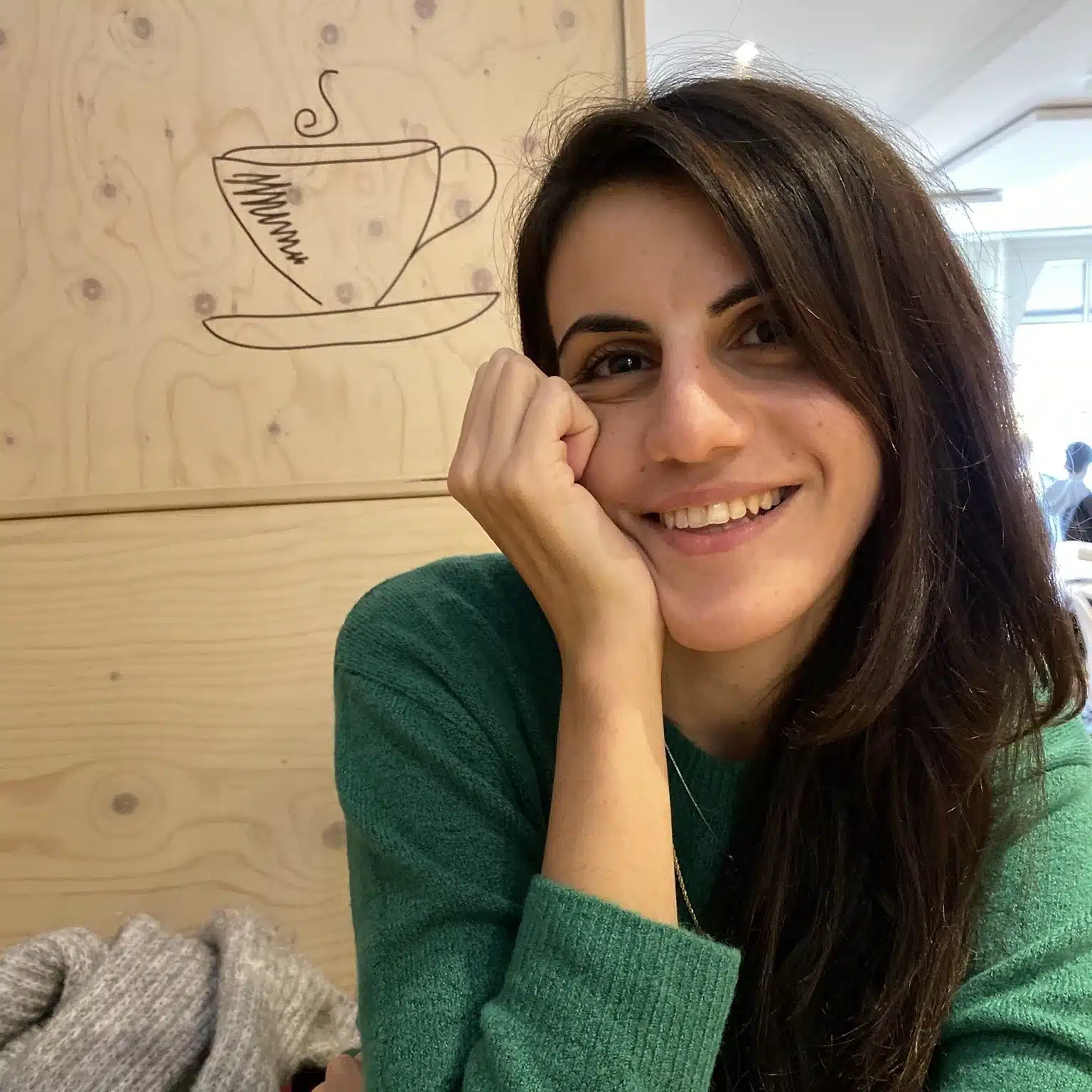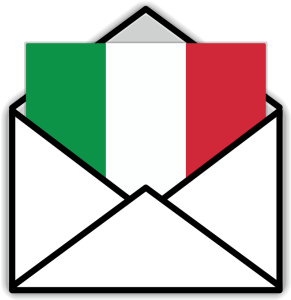First, the word “time” has two primary translations in Italian: tempo and ora.
- Tempo denotes the abstract idea of time (Il tempo vola = time flies)
- Ora is instead the the, by the clock (che ore sono? = what times is it?)
How to Say “What Time Is It?”
When you want to ask someone what time is it?in Italian, you should say:
Che ore sono?
Note that, unlike in English, both the word “ore” and the verb “essere” appear in their plural form. This makes sense, because time in Italian is a plural entity, just as numbers are plural.
When replying to “che ore sono?” you should say:
- Sono le + the time
For example,
- Sono le 9 – it’s 9 am (or 9 pm)
There are a few exceptions to the “sono le” rule that involve 1, noon, and midnight.
- E’ l’una – it’s 1 am (or 1 pm)
- E’ mezzogiorno – it’s noon
- E’ mezzanotte – it’s midnight
Che ore sono? vs Che tempo fa?
Che ore sono? gets often mixed up with “Che tempo fa?” which instead means “What’s the weather like?. The reason is that the word “tempo” is also used in Italian to describe the weather.
24-hour usage vs. the 12-hour usage in Italy
The 24-hour usage is widespread in Italy, especially when setting appointments or in formal situations, like in the workplace. A train or plane ticket will use the 24h system too.
Let’s see the 24-hour usage in Italian:
- It’s 1 pm – sono le 13
- It’s 2 pm – sono le 14
- It’s 3 pm – sono le 15
- It’s 4 pm – sono le 16
- It’s 5 pm – sono le 17
- It’s 6 pm – sono le 18
- It’s 7 pm –sono le 19
- It’s 8 pm – sono le 20
- It’s 9 pm – sono le 21
- It’s 10 pm – sono le 22
- It’s 11 pm –sono le 23
- It’s 12 am – sono le 24
The 12-hour usage is also widely accepted in informal situations and is mostly used in spoken Italian. Sometimes, though, it will be necessary to say whether the appointment is, for example, at 9 am or 9 pm. In this case, it’s common to be more precise about the part of the day, by simply specifying whether something is happening in the morning or in the night, just like this:
- Alle 9 di mattina – at 9 am (at 9 in the morning)
- Alle 9 di sera – at 9 pm (at 9 in the night)

Test Your Italian
Not sure what your Italian level is? I’ve created a free online Italian test to help you determine it.How to count minutes when saying the time in Italian?
Minutes past
Until 35 minutes past, you can use the following pattern:
- Sono le 9 e cinque – 9:05
- Sono le 9 e dieci – 9:10
- Sono le 9 e quindici – 9:15
- Sono le 9 e venti – 9:20
- Sono le 9 e venticinque – 9:25
- Sono le 9 e trenta – 9:30
- Sono le 9 e trentacinque – 9:35
With quarter and half, the following pattern is preferred:
Sono le 9 e un quarto – 9:15
Sono le 9 e mezzo – 9:30
Minutes to
After “past 35,” it’s common in Italian to count the minutes to the next hour. So, instead of saying it’s 9:40 (sono le nove e quaranta), Italians would say “it’s ten minus twenty = sono le dieci meno venti”.
- Sono le 10 meno 20 – 9:40
- Sono le 10 meno 15 – 9:45
- Sono le 10 meno 10 – 9:50
- Sono le 10 meno 5 – 9:55
With the quarter minus, the following pattern is preferred:
- Sono le 9 meno un quarto – 8:45
How to say “What Time…?”
If you need to meet an Italian friend, you need to ask her what time you will meet in Italian, right?
What time is it in Italian?
- A che ora….?
And the answer is…
- Alle + thetime
For example,
- A che ora ci vediamo domani sera? – What time do we meet tomorrow night?
- Alle 20 – At 8 pm
For noon and midnight, only the simple preposition “a” is used, though:
- A mezzogiorno
- A mezzanotte
What does “verso” mean?
Verso means “around” and is used together with the article le.
- A che ora ci vediamo domani? – What time are we meeting tomorrow?
- Verso le 10 – at around 10, tenish
mezzogiorno (noon) and mezzanotte (midnight) don’t use “le”.
- Verso mezzogiorno – around noon
- Verso mezzanotte – around midnight
What does “in punto” mean?
Another common Italian time expression is “in punto”.
In punto it means “o’clock” or “on the dot”
- Sono le 10 in punto – It’s ten o’clock
- Ci vediamo alle 8 in punto davanti al ristorante – I’ll see you at 8 on the dot in front of the restaurant
Mezzo or Mezza?
7 e mezza or 7 e mezzo? The answer is easy. Both “setta e mezza” and “setta e mezzo” are correct! Chose the one you prefer.







